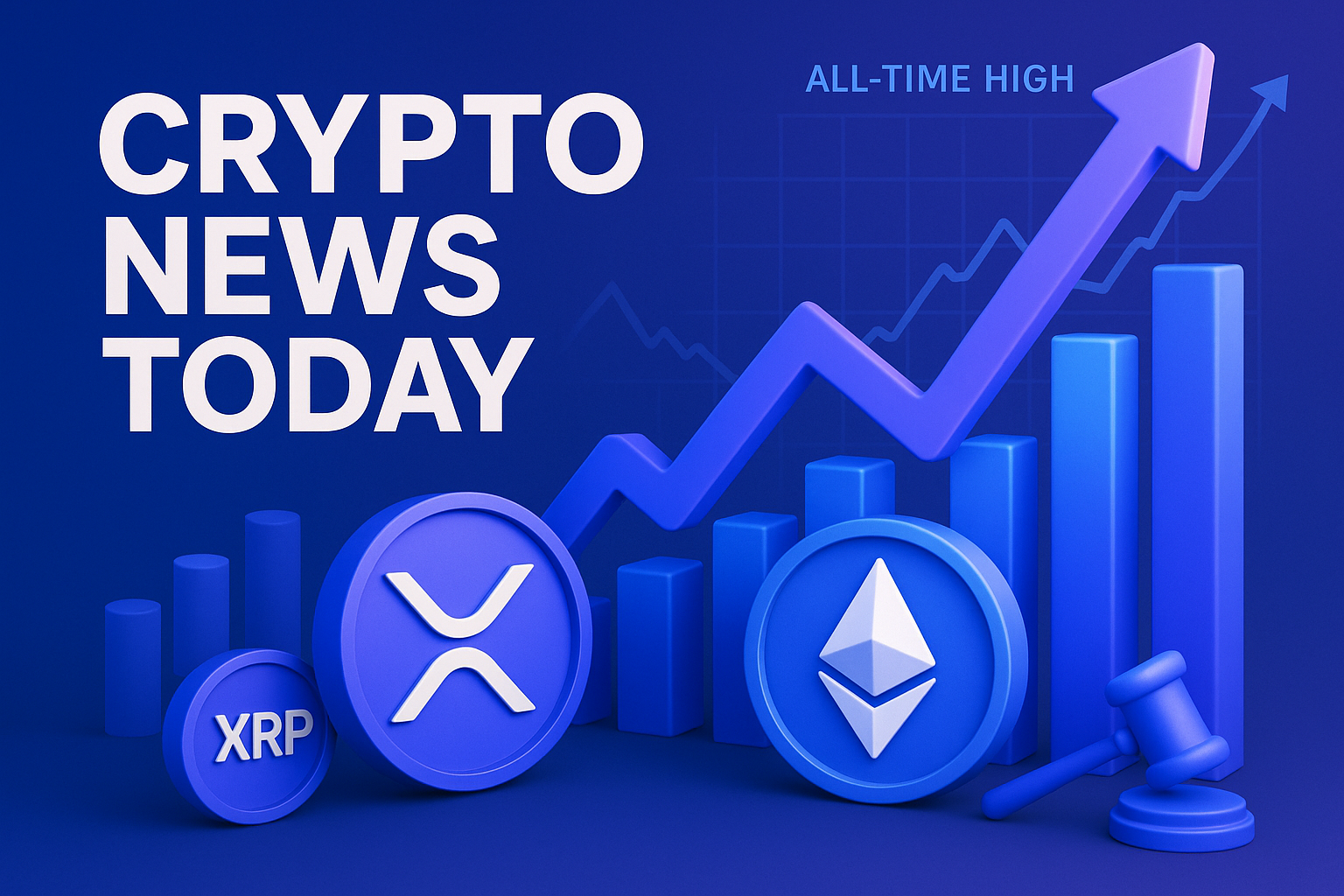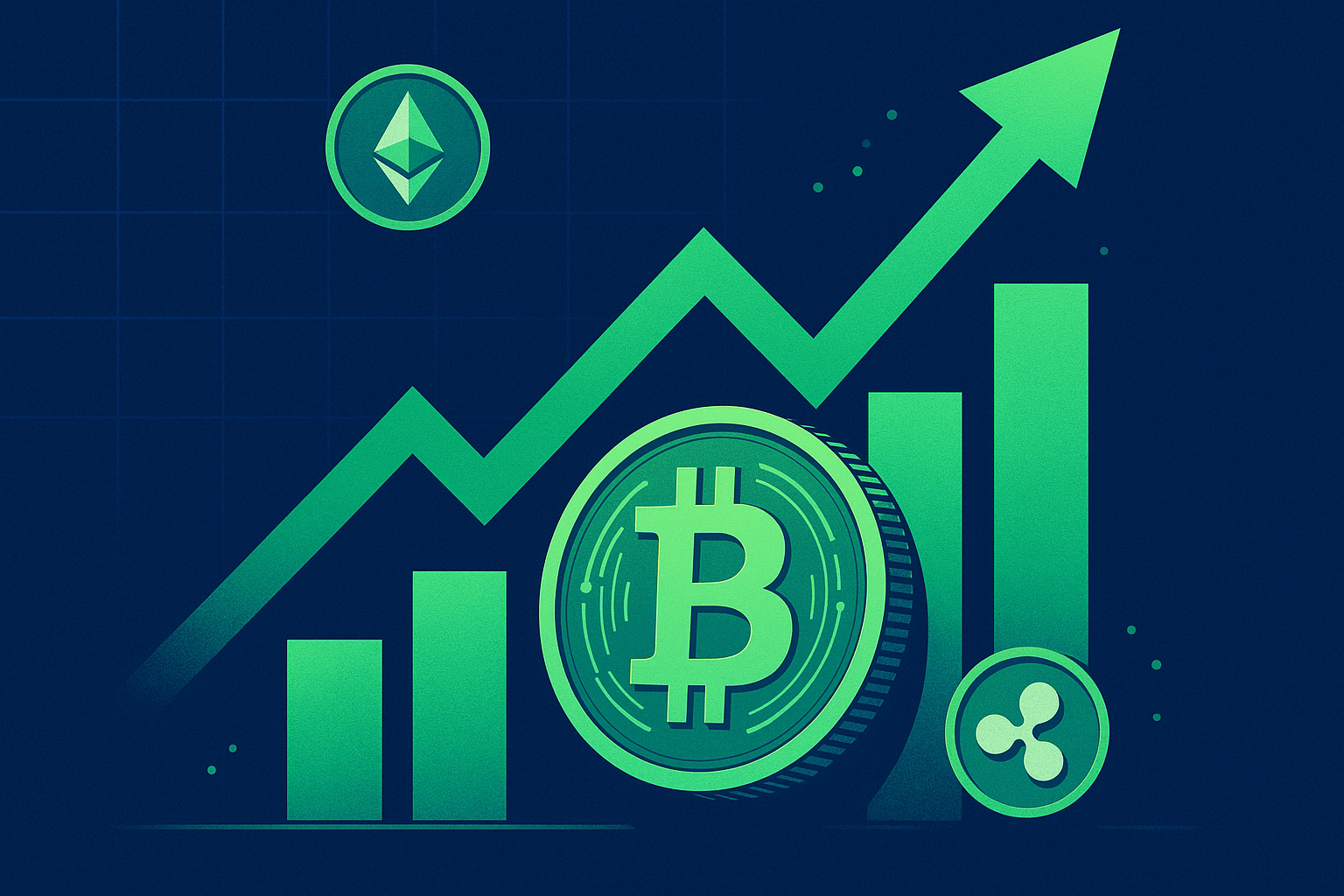Is a cabal of central bankers quietly plotting the next big stablecoin crackdown while we binge Twitter threads about memecoins? That was the question buzzing in my head when I boarded a red-eye to Delhi, where sherpa meetings were already setting the stage for this year’s G20 finance summit. I’ve spent the past two weeks chasing paper trails, WhatsApp leaks, and half-muttered hallway comments—and the story that’s emerging feels a lot bigger than a routine policy memo.
Here's What Actually Happened
Late last night, the Financial Stability Board (FSB) slipped a 38-page consultation report into delegates’ inboxes. On page three, in the kind of dry language only regulators can love, the FSB “encourages finance ministers and governors to prioritise analysis of global stablecoin arrangements for payments and settlements.” Translation: stablecoins have leap-frogged the test-net phase and are now in regulators’ crosshairs.
The timing isn’t random. According to data from DeFiLlama, total stablecoin capitalization has ballooned from roughly $23 billion in January 2020 to $134 billion today. Tether’s USDT alone sits at $95 billion in circulating supply, moving an estimated $34 billion in 24-hour transfer volume—more than PayPal handled on its best day last quarter. I’ve noticed that whenever numbers eclipse TradFi giants, suits start panicking.
Now Here's the Interesting Part
Buried in an annex, the FSB lists “real-time gross settlement leakage” as a systemic risk. That phrase jumped out at me because it mirrors language from an internal Bank of England memo I saw in 2022, when Andrew Bailey’s team fretted that sterling-backed stablecoins could bypass CHAPS (the U.K.’s domestic RTGS system). Back then, it was hypothetical. Today, Circle’s euro-denominated EURC processes €120 million a day on Ethereum alone, according to Nansen. Somebody at the FSB was clearly connecting the dots.
And get this: a source inside India’s Ministry of Finance—let’s call him “R”—told me the FSB spent over three hours grilling delegates about USDT’s banking partners, specifically Bahamas-based Deltec and its reliance on U.S. Treasury repo markets. The official minutes won’t mention any of that, but my notes say the phrase “single point of dollar failure” came up six times.
Why Should a Retail Holder Care?
If you’re a day-trader on Bybit, you might shrug: regulators bark, charts pump, life goes on. But payments are where the FSB draws a red line. Remember when PayPal tried to roll out its own stablecoin earlier this year? I sat in on a Clubhouse chat where Paxos insiders hinted the project stalled because multiple G20 regulators demanded parallel AML reporting within a 48-hour window. The same requirement could hit existing stablecoins next.
Imagine every exchange, from Coinbase to that sketchy Telegram bot you love, having to run nightly attestations to a global regulator node. That’s not an idle threat—in my experience, compliance costs get passed down to users as withdrawal fees or, worse, forced KYC upgrades. Cheap cross-chain transfers could become a luxury.
Tracing the Money (and the Politics)
Here’s a tangential thought that kept me up: the FSB’s chairmanship rotates to Brazil in 2025, home to one of the fastest-growing PIX instant-payment systems on Earth. The Central Bank of Brazil quietly trialed a CBDC pilot dubbed “Drex” in March. Wouldn’t it be convenient if competing dollar-stable liquidity got muzzled before Drex scales?
And don’t forget Europe. Just last month, Christine Lagarde hinted at limiting MiCA-regulated stablecoin issuers to €200 million in daily transactions. That cap feels tiny compared with USDT’s $1.6 trillion on-chain volume (2023 aggregate, per Visa’s Crypto Research). Lagarde sits on the FSB Plenary. Coincidence? I doubt it.
"Stablecoins have effectively built a shadow clearing house outside our oversight." —A senior ECB official in an off-record café chat, Brussels, April 2024
I think the term “shadow clearing house” is telling. It signals that regulators don’t merely want better risk disclosures; they want rails they can switch off during a crisis. On-chain smart contracts? Not so toggle-friendly.
What the Big Players Are Whispering
BlackRock’s digital-assets team has been unusually quiet on crypto Twitter, but a Bloomberg terminal alert flagged a new position in short-dated Treasury ETFs by a Cayman SPV tied to iFinex (Tether’s parent). That smells like ammunition for collateral audits. Meanwhile, Circle just announced it will custody a chunk of USDC reserves with BNP Paribas, presumably to satisfy eurozone hawks.
Most telling, though, is Binance’s latest blog post pledging “full compliance with forthcoming global stablecoin standards.” I asked a compliance officer there—he replied with a GIF of a man tap-dancing on eggshells. Read into that what you will.
The Looming Technical Squeeze
Let’s shift gears to the plumbing. The report recommends a "global stablecoin monitoring dashboard" that pulls real-time data from public blockchains and off-chain bank reports. I’ve seen prototypes running on Chainalysis Reactor coupled with OpenZeppelin Defender scripts. The dashboard flags wallet clusters with abnormal redemption ratios, then pings BIS servers in Basel. It’s KYC meets Skynet.
If implemented, liquidity providers could face forced circuit breakers whenever redemption queues spike beyond, say, 10% of circulating supply in 24 hours. I remember March 2023, when USDC briefly de-pegged to $0.88 after Silicon Valley Bank collapsed. Under the proposed system, Circle might have been obliged to pause new mints entirely—triggering, ironically, more panic.
Here's Where I'm Still Unsure
I keep circling back to a simple question: Why now? Stablecoins aren’t new. Tether weathered the 2017 bull, 2020’s Black Thursday, and multiple NYAG probes. My hunch? CBDCs are finally moving from white papers to MVPs. India’s e-rupee pilot hit 1 million transactions last month; China’s e-CNY processed $250 billion equivalent since launch. Stablecoins threaten to out-compete state coins on UX alone.
But I’m also mindful of unintended consequences. Restricting on-chain dollars could push liquidity into even murkier “synthetic” stables like DAI or Ethena’s USDe, collateralized by volatile assets or exotic derivatives. That’s not necessarily safer.
Why This Matters for Your Portfolio
If you park idle funds in USDT or USDC while yield farming, keep an eye on redemption fees. They’ve already ticked up on Kraken (0.4% for large blocks) and offshore desks may follow. Cross-chain bridges could become chokepoints, so diversifying into stables with multi-jurisdictional backing (think Pax Gold or even the red-headed stepchild FRAX) might hedge policy risk.
And for builders: start factoring compliance modules into your dApp’s roadmap. I’ve spoken to two Solidity auditors who now bundle “FSB alert hooks” as a line-item. Won’t be long before VCs ask seed-stage teams how they’ll handle real-time compliance calls.
Where the Story Goes Next
The FSB gave stakeholders until mid-July to submit comments. That might sound like plenty of time, but the draft language hints at pre-baked conclusions. If the G20 rubber-stamps the framework this autumn, we could see enforceable standards by Q1 2025. The IMF would then step in to coordinate technical assistance—translation: expect sandbox pilots in emerging markets first.
Personally, I’m betting on a bifurcated market: KYC-heavy "regulated" stablecoins for settlements and permissionless "crypto-native" stables deep in DeFi. Think HTTPS versus the dark web. Both will coexist, but bridging between them may incur tolls.
Stay skeptical, folks. When unelected bodies start talking about “global dashboards,” it rarely ends with more freedom. I’ll keep poking around hotel corridors and Signal chats, and if I stumble on another spicy footnote, you’ll read it here first.
Until then, watch those on-chain flows—and maybe keep a little dry powder in real dollars, just in case the pegs get wobbly again.



